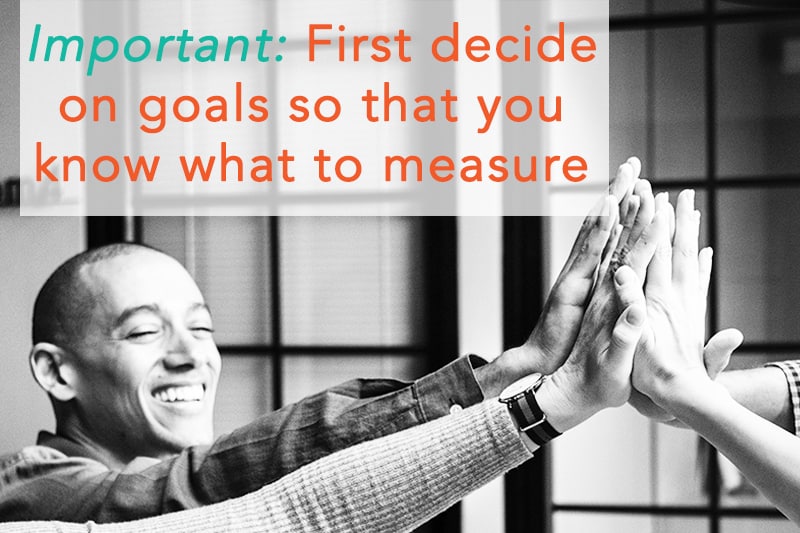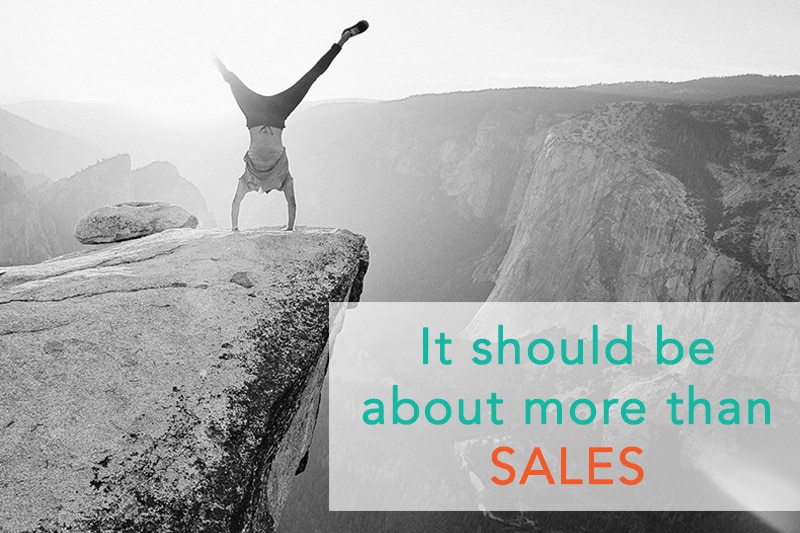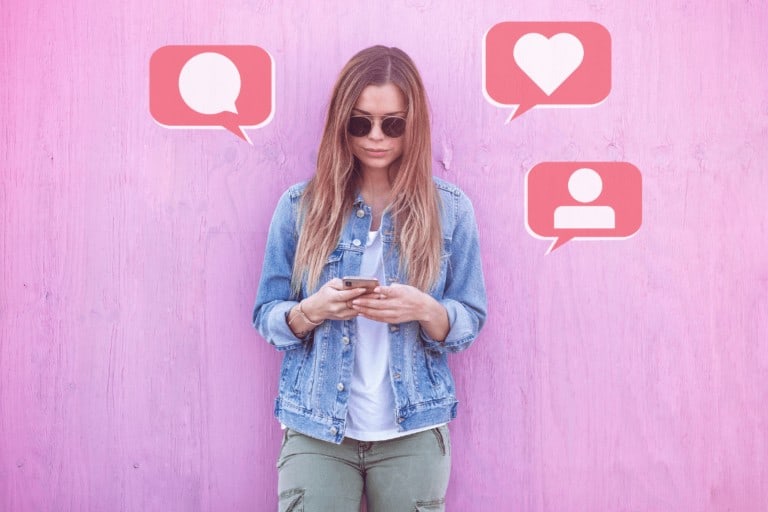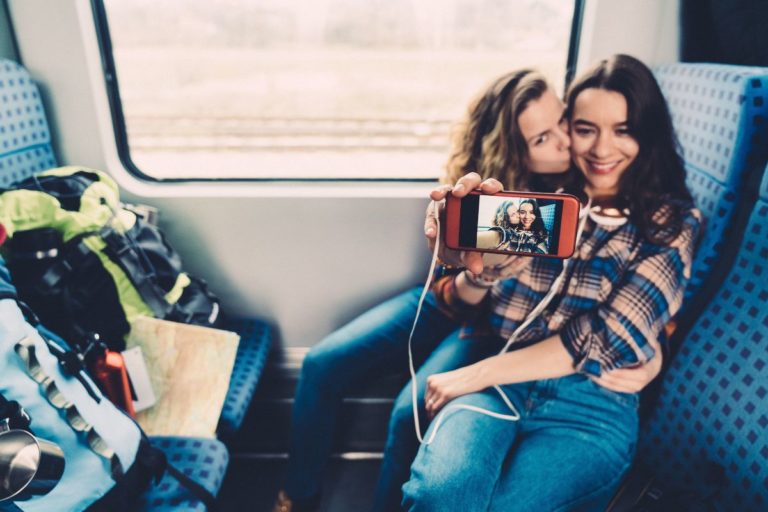How to Measure ROI in Influencer Marketing
By Dalene Heck and Catherine Reed
In the early days, it was nearly impossible for travel companies to measure any sort of ROI in influencer marketing. Access to the right metrics was incredibly limited, leaving many businesses guessing when it came to the effectiveness of each partnership or arrangement they undertook.
Thankfully, even though many still declare it a challenge, things have since changed for the better. As companies increasingly became interested in the power of influencer marketing, mechanisms were created that supported data collection in the right areas.
However, not all metrics provide universal value and consider that with long purchase lead-times, ROI for travel can be especially hard to determine. Travel is not often a spontaneous purchase, and many influencers in the tourism sphere connect with would-be-travelers in the awareness or interest stages of the marketing funnel, which then may take some time to convert. (As a blogger myself, I often get messages from readers about trips I took several years ago. While I clearly inspired them to take their trip, any direct tracking through my website or social posts is not measurable after so much time has passed.)
With that in mind, every travel company has its own goals when it partners with an influencer, so understand that you need to adjust your approach to measuring ROI based on your objectives, as well as be considerate of what is actually (and even accurately) measurable.
Following are four approaches based on various goals.
Revenue Growth Goals
When companies picture ROI, they usually focus on revenue growth, and driving sales can be a common influencer campaign goal as well. Many travel companies hope that the partnership will help them capture the attention of more prospective customers and create a positive impact on the bottom line.
But what are the easiest ways to collect the hard data you need? How can you track the results of a specific partnership or even an individual influencer marketing campaign? While it sounds complex, it can actually be easy to gather this information. You just have to use the right mechanisms.
Keep in mind that monitoring overall sales metrics to determine if an influencer campaign is working may cause you to under (or over!) estimate the impact of the partnership. These approaches should be part of several.
Affiliate Links
With an affiliate link, you are giving the influencer a unique identifier that is part of any URLs they promote. Since the URLs are unique, you can easily see which clicks and sales are through a particular link.
Affiliate links aren’t perfect. For example, if a person sees an influencer’s post but decides to go to your website directly (instead of through the link), you won’t know what brought them to your site. But affiliate links do still provide useful ROI data, even if they can’t account for every person who may have been influenced by the campaign.
Custom Promo Codes
Another option for tracking the impact of a campaign is to provide an influencer with a custom promotional code. If a person views the post and decides to make a purchase, they would enter the unique promo code to receive a particular deal. As a result, you’ll see which code was used, and you’ll know which campaign it connects to, even if a purchase is down the line.
Like affiliate links, promo codes aren’t perfect at capturing data either. If the promo code ends up on a coupon site, it might generate a ton of traffic that has nothing to do with the influencer. However, it’s still useful for measuring ROI, especially when combined with the next way to analyze metrics.
Google Analytics
When you want to track web activity, Google Analytics has your back. You can gain insights into how a person landed on your site, which is incredibly powerful data.
While Google Analytics can be used alone, if you combine it with promo codes, you can make sure that those using the codes actually saw the influencer’s post. If a ton of traffic is coming from a coupon site, you can take that into consideration when calculating ROI.
Isolated Marketing
If you want to measure the impact of an influencer no matter where or when a sale takes place, then consider isolated marketing. Essentially, you create a special offering – such as a unique bundled travel package or a specific add-on option – that isn’t promoted anywhere else (including openly on your own website). Then, you can track all of the resulting sales, giving you a way to gauge the results of that specific influencer marketing campaign.
Visibility Enhancement Goals
Sometimes, when you partner with an influencer, your main goal is to increase visibility. You’re hoping to get your offering noticed and enhance the level of awareness.
For example, if you have a new property or want to promote a destination that isn’t on most traveler’s radar, visibility enhancement might be your objective. It’s all about brand, product, or service awareness – not just driving sales.
For measuring changes in visibility, you need to track actual impressions (on Facebook, Instagram, and Twitter) or views (blog posts, YouTube, etc.) – that is, the actual number of followers who saw the content that’s being measured. This data is available only via the influencer’s access to their platforms, so make sure that this data deliverable is included in your campaign requirements.
Be wary to consider only those impressions that provide value. Make sure you select influencers whose audiences align highly with your target. While an influencer may present an exciting number of impressions, if they are not of your target audience, then that number may be worthless.
Increased Engagement Goals
Engagement gives you an indication of how customers feel about your brand. “Likes,” shares, click-throughs, and comments all give you an idea of the level of interest a campaign generates.
Click-throughs are the most powerful metric in these cases. When a user clicks, you know that they were intrigued by what you are offering and not just supporting the influencer. However, that doesn’t mean that the likes, shares, video views, and comments aren’t also valuable. You just need to dig deeper to separate the engagement that is solely based on who the influencer is and what is related to the campaign.
However, we need to insert this caution: be wary of engagement as a primary goal. As social media algorithms continue to depress organic reach and engagement, it is not uncommon for influencers to manipulate their engagement in order to boost their reach, especially on Instagram. Read more here.
Content-Oriented Goals
Partnering with an influencer can be ideal for content generation, an often overlooked benefit from influencer marketing. Often, negotiating image rights with an influencer is far less expensive than creating the content yourself, and you are also getting access to the influencer’s endorsement, which can be valuable, too.
Measuring ROI for the content-creation goal involves a comparison of the cost of creating content in-house and the cost of the collaboration. You also have to factor in the benefits of influencer marketing – such as increased reach and generated sales – to assess the full value before calculating ROI.
***
Ultimately, measuring ROI on influencer marketing campaigns may not provide an exact dollar value, but determining value isn’t as tricky as it may seem. In exchange for your time, you get potent metrics that help you assess the effectiveness of the partnership, ensuring you can measure ROI in the most meaningful way based on your goals, and help design your influencer marketing campaigns in the future.
We get it if this still feels daunting. You may feel like you don’t have the resources to keep up with constantly changing social media platforms and strategies.
By joining forces with HMI, we can help you with your influencer marketing from choosing the right creators to presenting a final report on ROI. It is our job to be experts in the field. We take the guessing out of measuring ROI so that you can make informed decisions.
Interested in learning more about what we can do for you? Contact us today.
You may also want to read:
How Influencer Relations Differ from Public Relations
How to Work With Influencers on a Limited Budget
11 Creative Ways to Work With Influencers: Going Beyond the Press Trip









